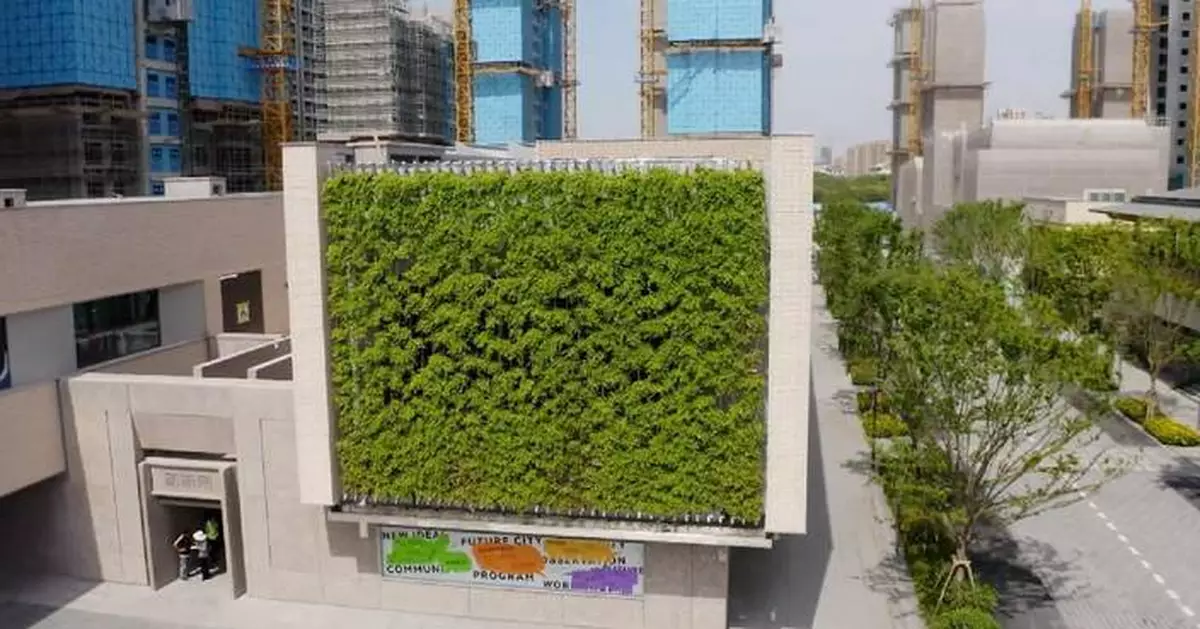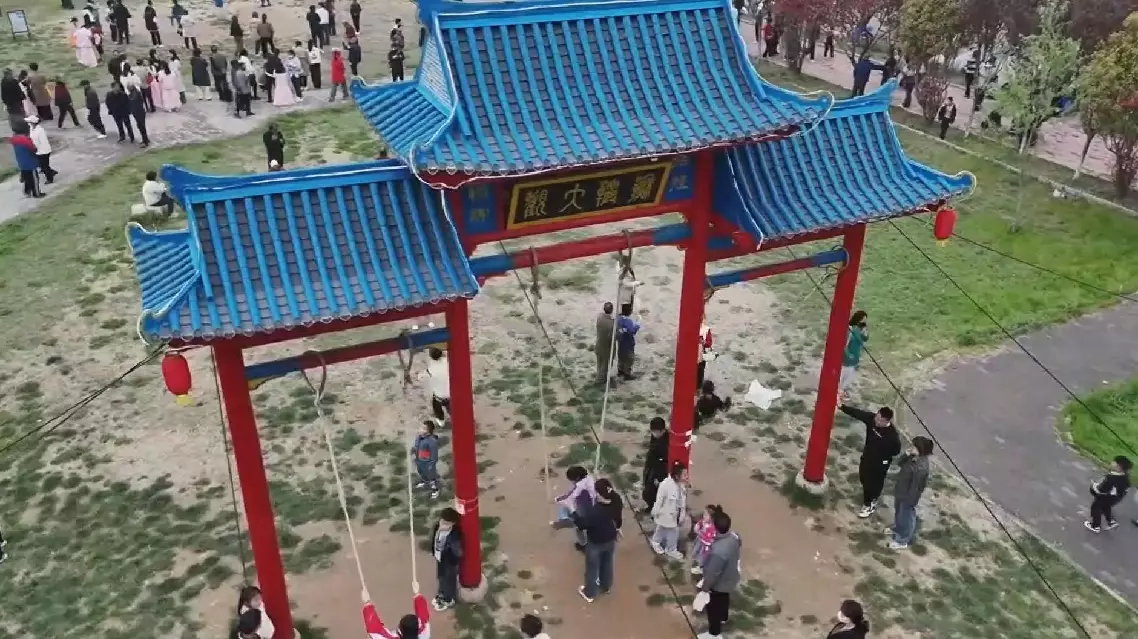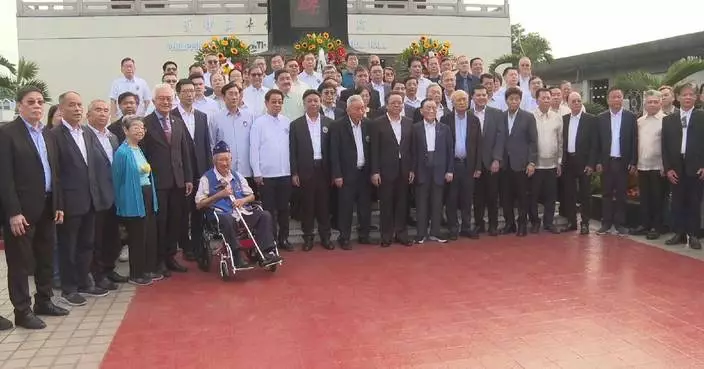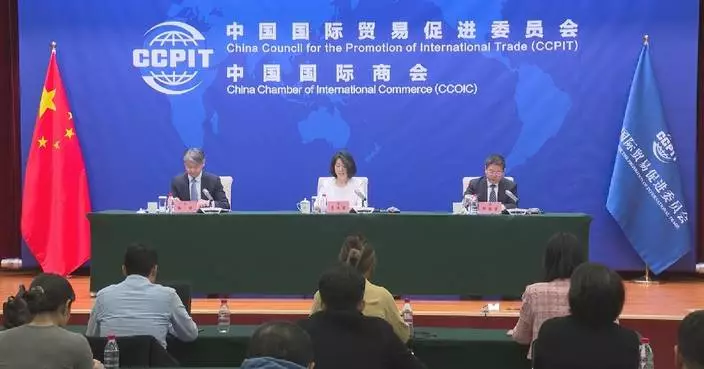China's construction sector, known for its significant energy consumption and carbon dioxide emissions, has witnessed a remarkable shift towards green solutions in recent years and the proportion of newly built "green buildings" has exceeded 91.2 percent nationwide, with a cumulative energy-efficient building area exceeding 30 billion square meters, according to the Ministry of Housing and Urban-Rural Development.
In March, the National Development and Reform Commission, along with the Ministry of Housing and Urban-Rural Development, issued an explicit directive stating that green building standards should be fully implemented in all new urban constructions by 2025.
Green buildings are designed to conserve resources, protect the environment, minimize pollution, and provide people with healthy, efficient, and sustainable spaces that promote harmonious coexistence with nature throughout their entire lifespan.
One example of green building projects is the recently completed Jiading Future City project in Shanghai. This project goes beyond ordinary buildings by incorporating power generation and energy storage devices, effectively transforming the entire structure into a large "power bank." The rooftop is equipped with solar panels capable of generating electricity, and the stored energy can meet the building's energy needs for 30 minutes.
"With a solar panel coverage area of 43 percent on the roof and advanced technologies including photovoltaic power generation, multiple forms of energy storage, low-voltage direct current distribution, and smart energy control, we have made it possible for solar power to meet 50 percent of the building's energy demand, transforming the building from a mere energy consumer to an integrated system of generation, storage, adjustment, and utilization," said Su Xianxin, project manager of the project.
Similar green buildings can be found in the Xiong'an New Area in north China's Hebei Province as well.
The exhibition center of the Xiong'an pilot free trade zone, among the first batch of green buildings in the area, focuses on the efficient utilization of renewable energy and aims to reduce carbon emissions.
The building's electricity supply comes from a 150-square-meter photovoltaic glass skylight and a rooftop covered with solar panels. The building utilizes a ground-source heat pump system, allowing it to achieve a comfortable indoor temperature throughout the year. Despite the high outdoor temperatures, the interior remains at around 24 degrees Celsius without the need for air conditioning, significantly reducing energy consumption.
"We are at the heart of the ground-source heat pump system. There are 60 150-meter deep ground-source heat pump wells outside. Their main function is to store excess heat from the building underground during the summer and extract it to provide heating during the winter," said Zhang Wenliang, manager of mechanical and electrical design of the design control department of Hebei Xiong'an Urban Construction Co. Ltd. under China Railway Construction Corporation Limited.
Furthermore, the building has blinds sandwiched between the glass panes of the windows, allowing for adjustment based on sunlight angles and usage requirements.
"Their main function is to reduce direct sunlight, isolating heat outside the building during the summer and reducing reliance on air conditioning, thus lowering energy consumption," said Zhang.
Across the entire Xiong'an New Area, approximately 39.91 million square meters of new construction projects have started, with 100 percent of them being high-star-rated green buildings.
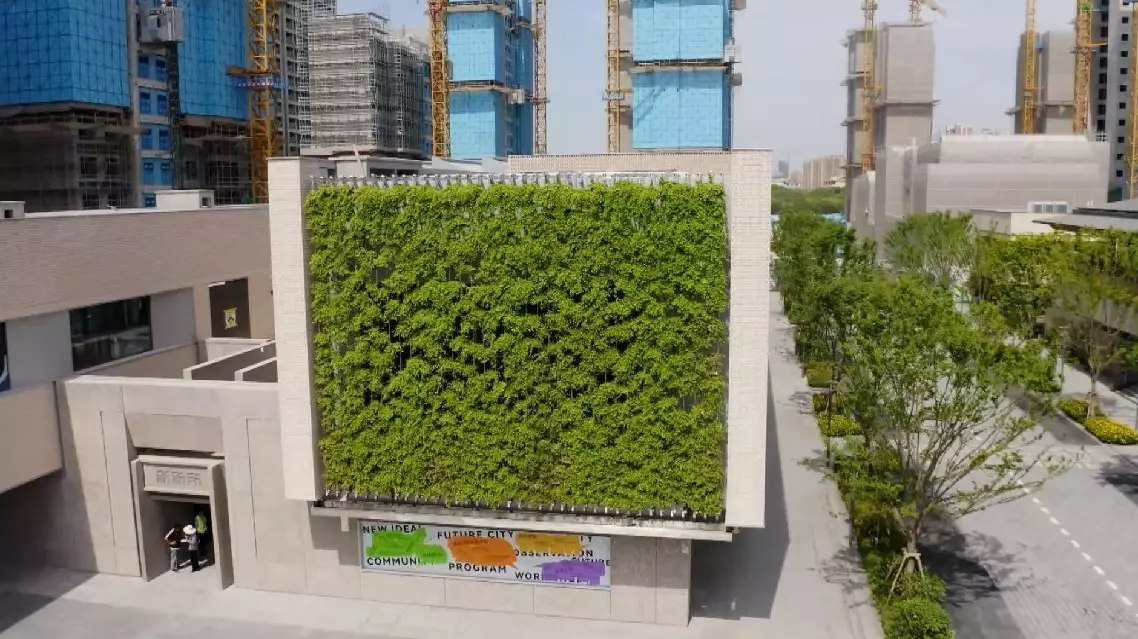
China advances green building projects to promote energy efficiency
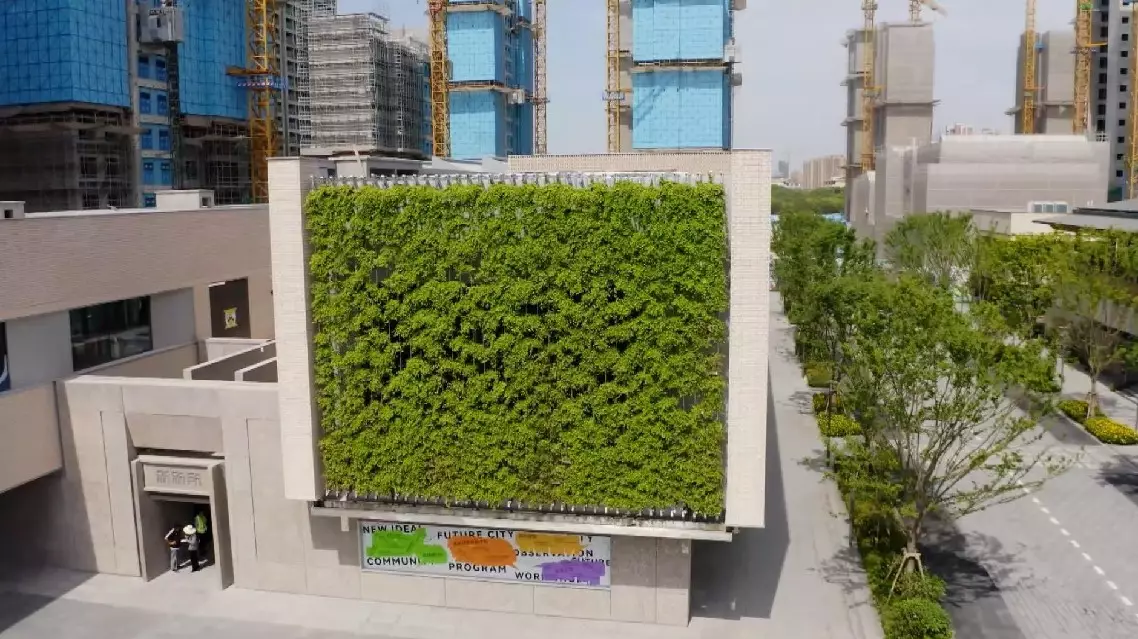
China advances green building projects to promote energy efficiency


